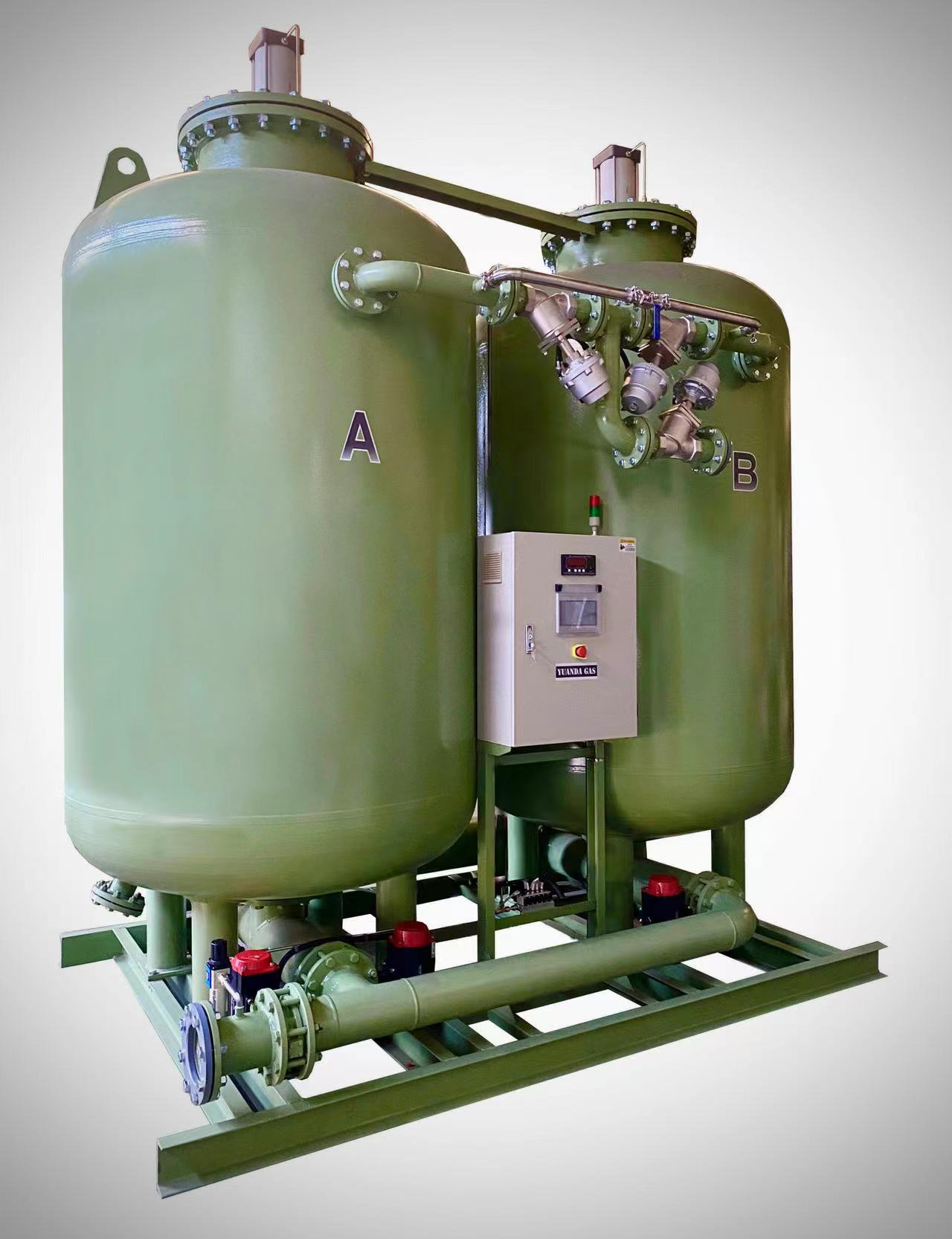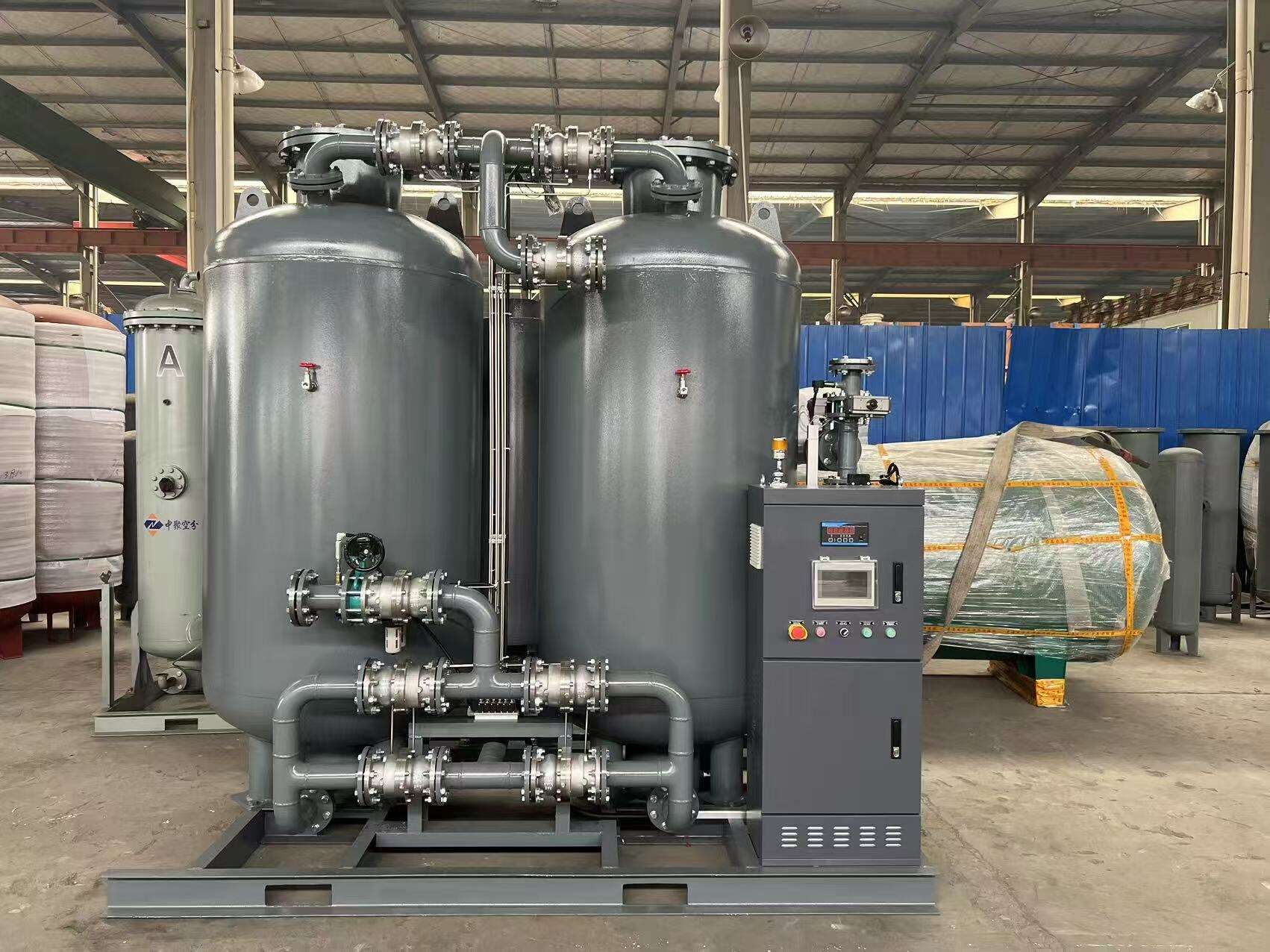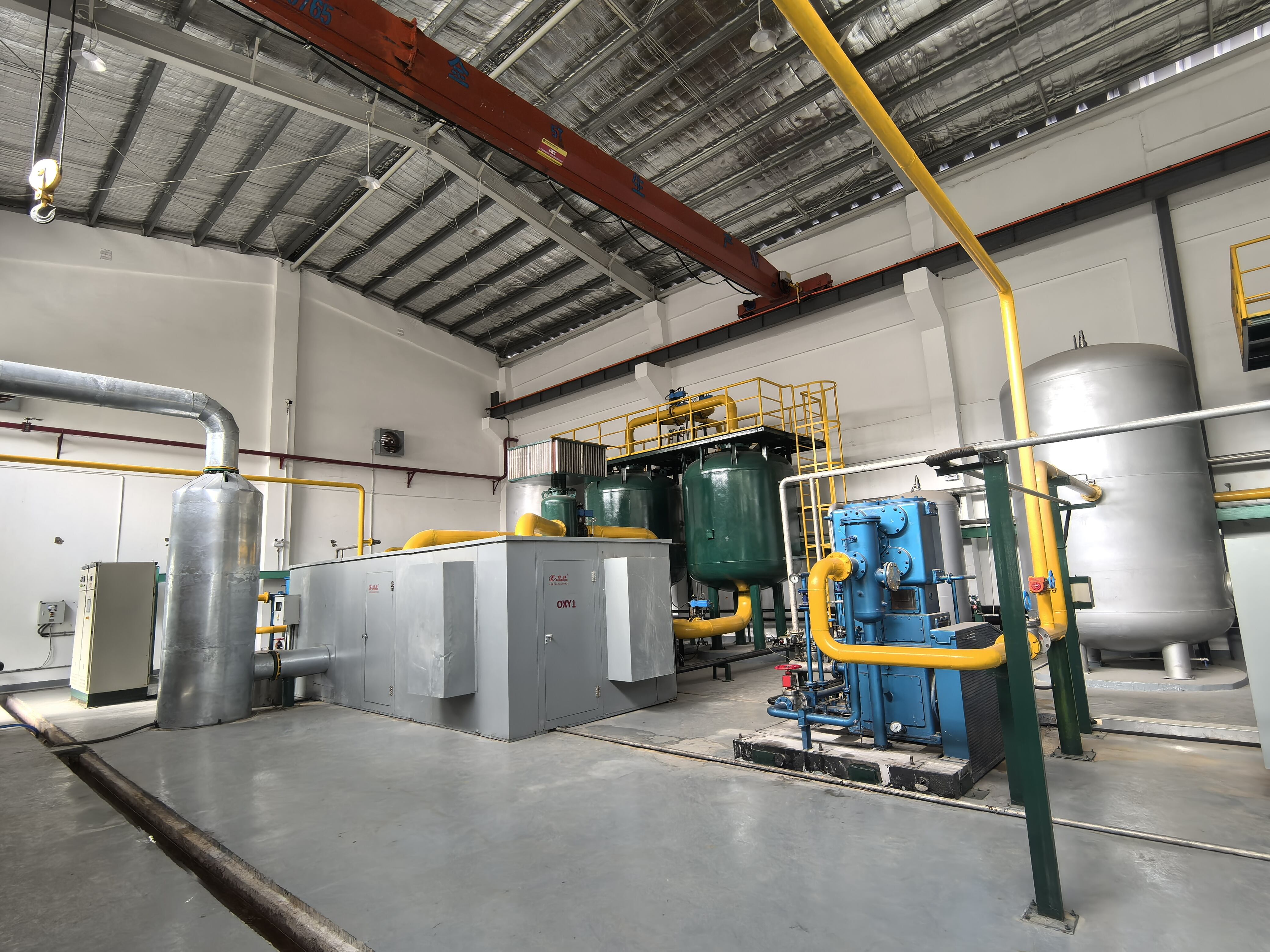pSA цахилгаан байгууламж ажиллах туршлага
PSA (Давтамжийн өөрчлөлтийн адсорбцын) цагаан эсэг үйлдвэр нь их хэмжээний чимэглэлийн цагаан эсэг олох зорилготой шинэчлэлийн систем юм. Энэ систем нь амьд газын молекулуудыг тодорхой байдлаар хувааж, цагаан эсэгийг гаргахад ашигладаг. Систем нь зөвлөгөөтэй зеолитын молекул сууринуудыг ашиглан, нягтын молекулуудыг сонгогдох боломжтой байхаас, цагаан эсэг нь дуусгах боломжтой. Ажлын принцип нь хоёр гол үе бүрдээ ажилладаг: давтамж, давхаргах. Давтамжийн үед дулаан дулаалагч газ нь молекул сууринууд руу хүрээндээ ирэхэд нягтын молекулууд нь буухад, цагаан эсэг нь дуусгах боломжтой. Давхаргах үед нягтын молекулууд нь дахин амьд газанд буцаагддаг, сууринуудыг дараах циклд ашиглахад бэлтгэнэ. Энэ нь давтамжтай цагаан эсэгийн үйлдвэрлэлийг чимэглэлтэй хэмжээнд 93-95% хүртэл үзүүлдэг. Цагаан эсэг үйлдвэр нь дулаан дулаалагч, өмнөх үйлдвэрлэлийн систем, молекул суурин товшоо, цагаан эсэгийн хадгаламж, шинэчлэлийн систем гэх мэт олон төрлийн хэсгүүдээс бүрддэг. Үргэлжлэх PSA цагаан эсэг үйлдвэр нь автоматжуулсан мониторингийн системтэй бэлтгэгдэж, оптимал ажиллах параметрүүдийг хадgalгаar, цагаан эсэгийн гаралтыг тогтмол болгоно. Эдгээр үйлдвэр нь эмчилгээний байгууллагууд, аж ахуйн үйл ажиллагаа, усны цагаан эсэгт хамрагдах, өөрөөр хэлбэл, чимэглэлийн цагаан эсэгийн хамгийн томоохон газар ашигладаг.


